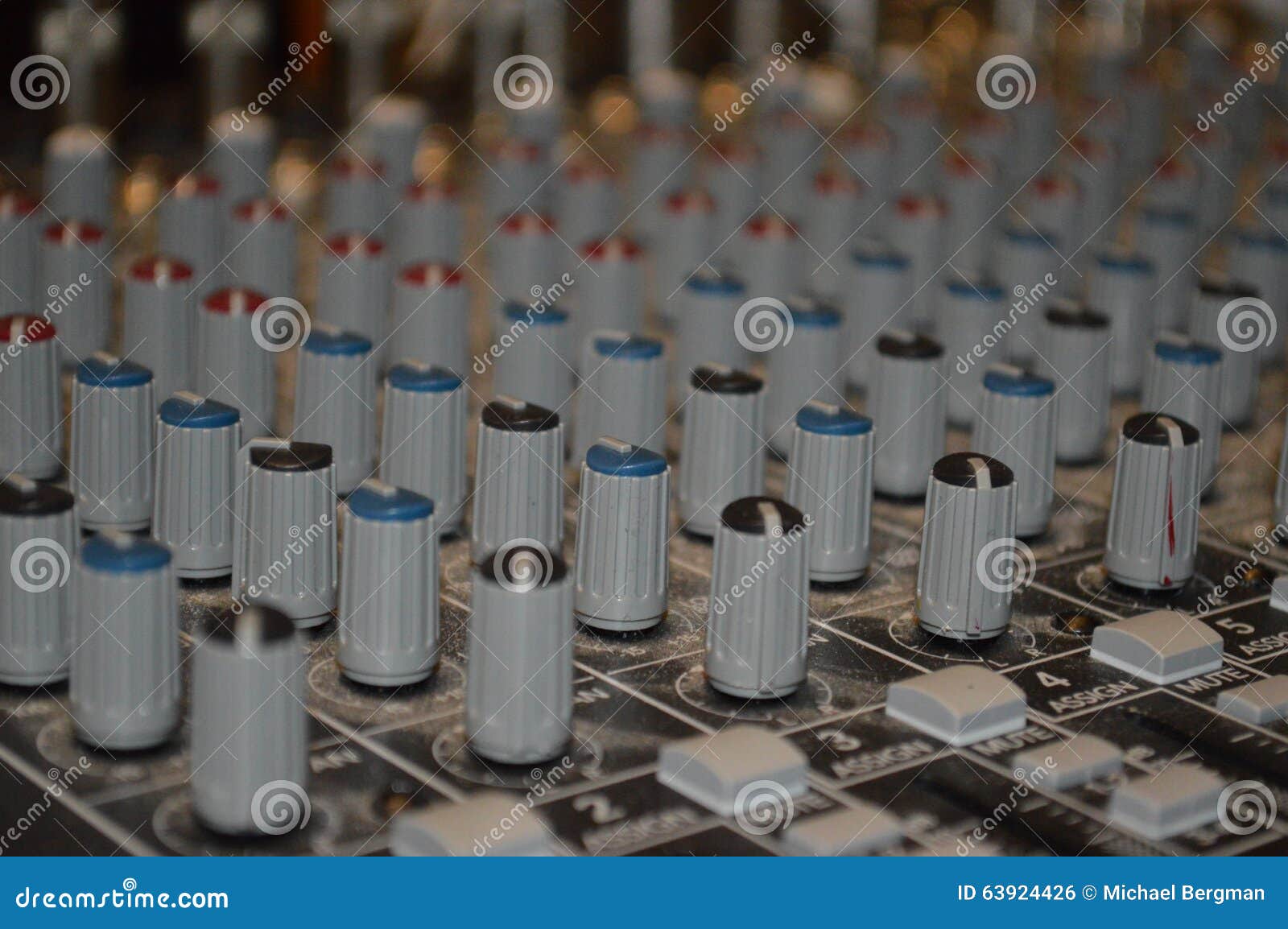

This is because the makers of our digital tech have simultaneously tried to copy analog gear while also forging ahead to make their own stuff.

But in the advent of the digital age, “gain” has started to mean several things. In the analog days, gain was a very simple concept. Here’s the important thing: The volume does not change the tone of the sound. If you’re in your car, the volume is how loud you turn your music up on your speakers. If you’re using a guitar amp, the volume is how loud you set the amp. If you’re mixing, the volume is whatever level is sent from your channel to your stereo output (or whatever bus you’re sending to). Basically, volume is how loud something is after it’s been processed. Volume usually means the decibel (dB) output of a sound system. What Is Volume?īetween the two, the definition of volume is pretty straightforward. Until now, everyone has been teaching production totally backward.īut if you just want to learn all about Gain and Volume specifically, keep reading. We put together a brief training that covers a totally new approach to music production. I’m guessing you’re here because you want to make your mixes sound professional. Get industry-quality every time (steal this framework) Once you’ve finished reading, you’ll be making better mixes with more control over the tone of your instruments. Knowing the difference between gain and volume could change the tone of your instruments forever. They seem so similar! Does the difference even matter? “What’s the difference between gain and volume? They seem like the same thing.”Īnd they’re right to ask that. Then, after that said, it is safe to play around with effect sends and recording.A question I’ve been asked a lot by my students is this: Try to take care of your monitor mixes first, settle the musicians and make it more comfortable for them on stage. Knowing auxiliaries and the functions of them, on your churches mixer is important.

This again will take up more auxiliaries and it is best to do all you can for monitors and making the musicians happy. This will enable the person who is recording the audio, to choose the amounts and levels of each instruments and/or people talking. In some cases, designating an aux to be sent to a recorder can work. Some churches want to have the capabilities to record their services and music that is played. There are typically only 4 to 6 auxiliary outputs available on most mixers, so make sure that you use your auxiliaries wisely and that not too many effects are taking up the potential monitor configuration.

#Soundboard knobs how to
Check out, How to Setup Audio Effects, to learn exactly how to send and return effected signals by using auxiliaries on your soundboard. Setting up audio sends requires a few steps and the operator must know how these setups work. Make sure you know which auxiliary channels you have designated for each monitor. Every channel will have a few auxiliaries to choose from. From here, select an auxiliary channel to be the master of the monitor you would like to use. Check out, Setting Up Monitors At Church to learn more. Make sure you know how to set up monitors. Simply assign a monitor to a musician or to be shared with more then one. Auxiliaries are great for selecting individual channels to be sent to the monitors. Mixing monitors through a main mix soundboard will only be achieved through the use of auxiliaries. They will be rotary knobs with numbers representing the different auxiliary channels. Aux’s are located below the gain control and above the level output sliders. Auxiliaries are used much like the master volume on a sound mixer and that is they send signals out from a specific channel that was selected. On most of the common types of soundboards on every channel, there are auxiliaries (or labeled as ‘aux’). Throughout a soundboard there are many different functions and knobs that all operators must know.


 0 kommentar(er)
0 kommentar(er)
